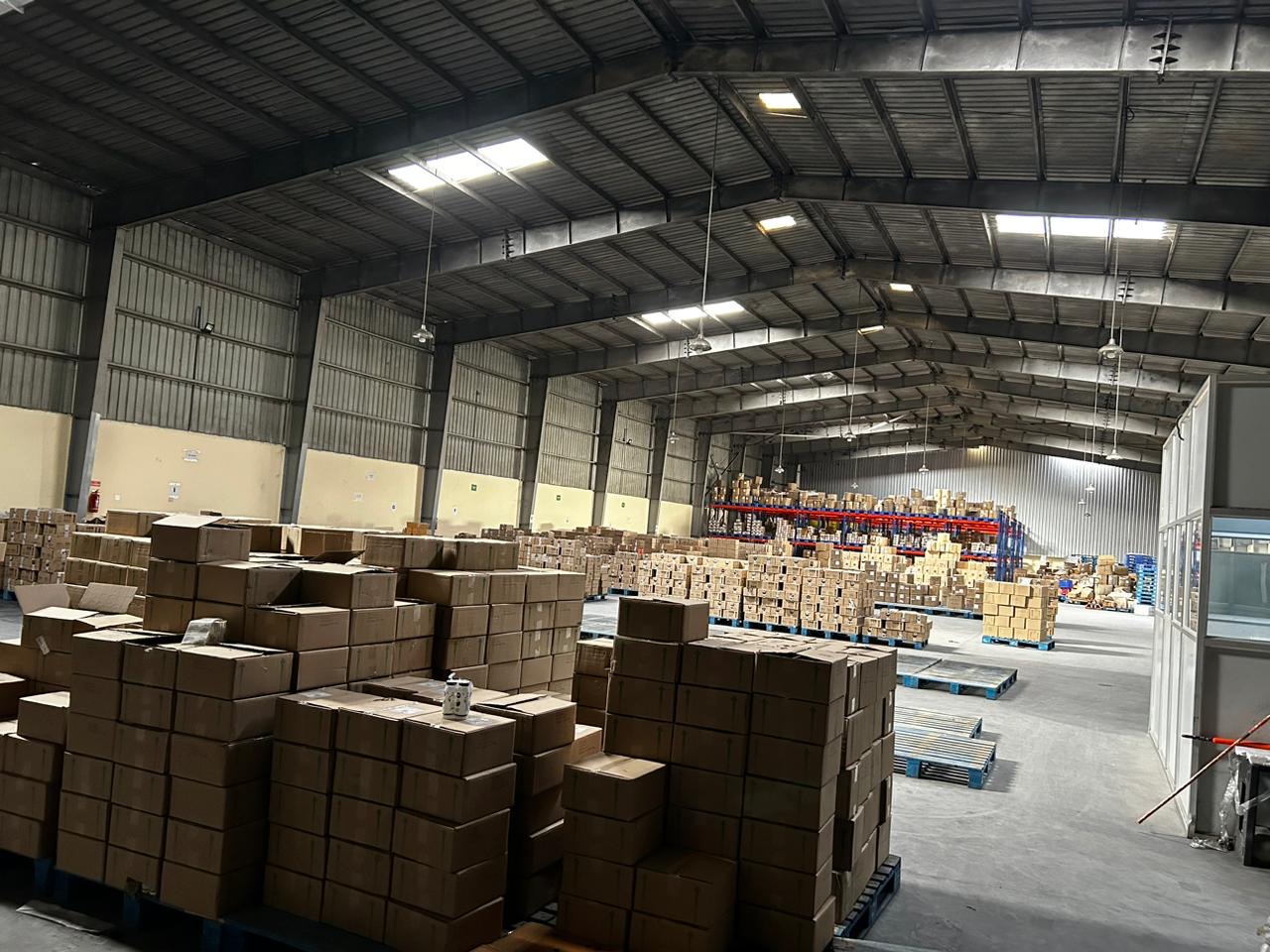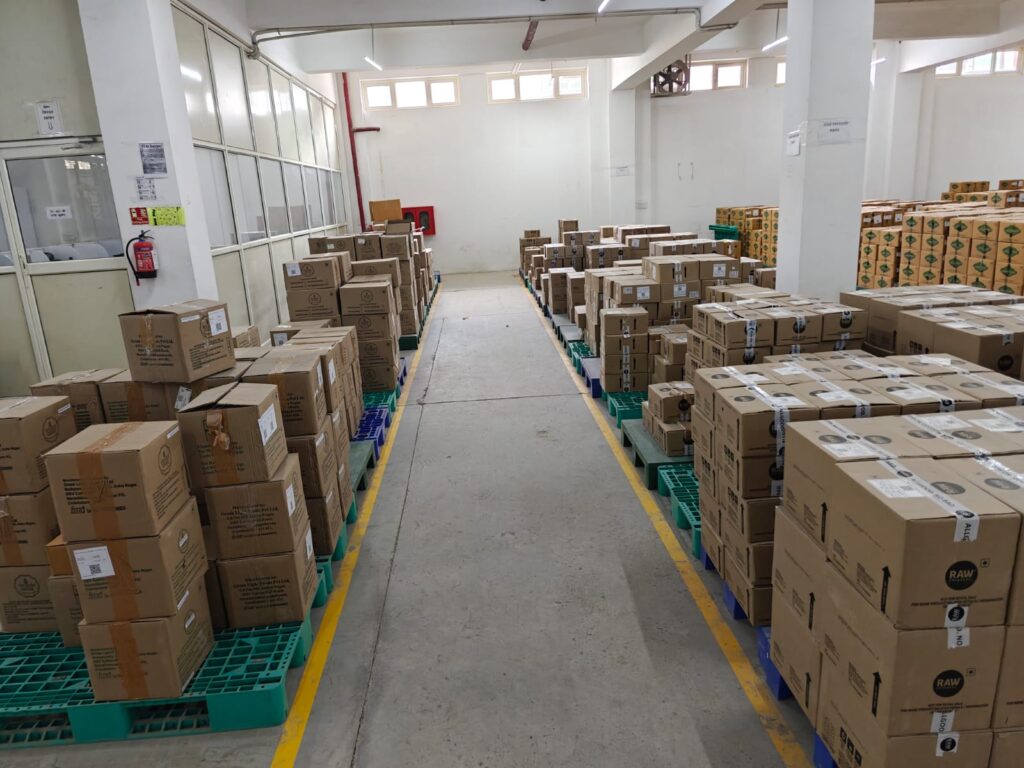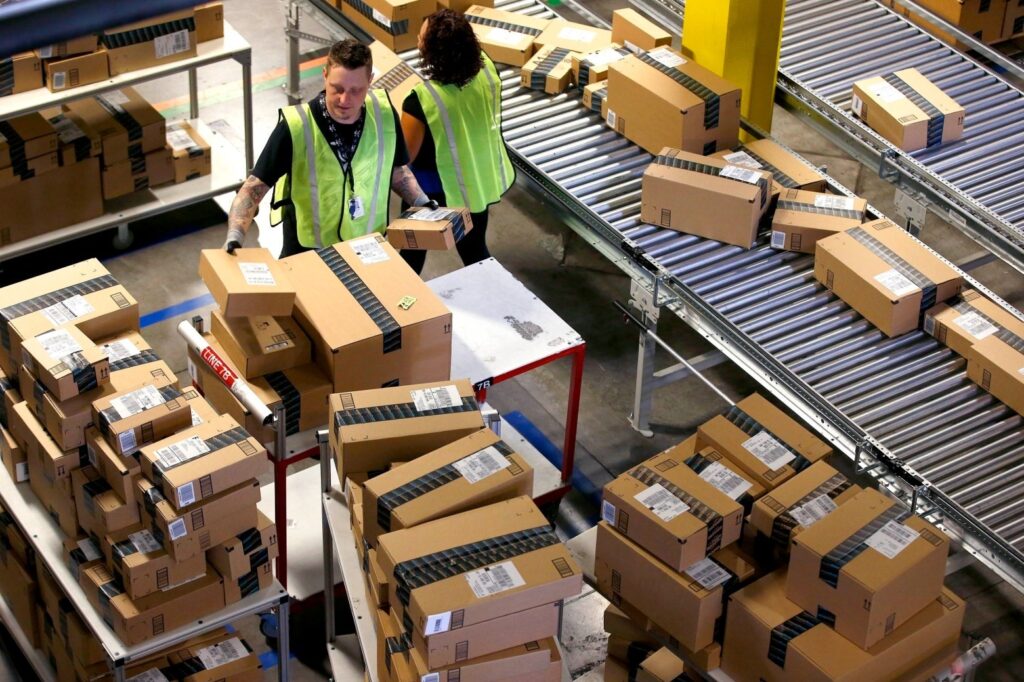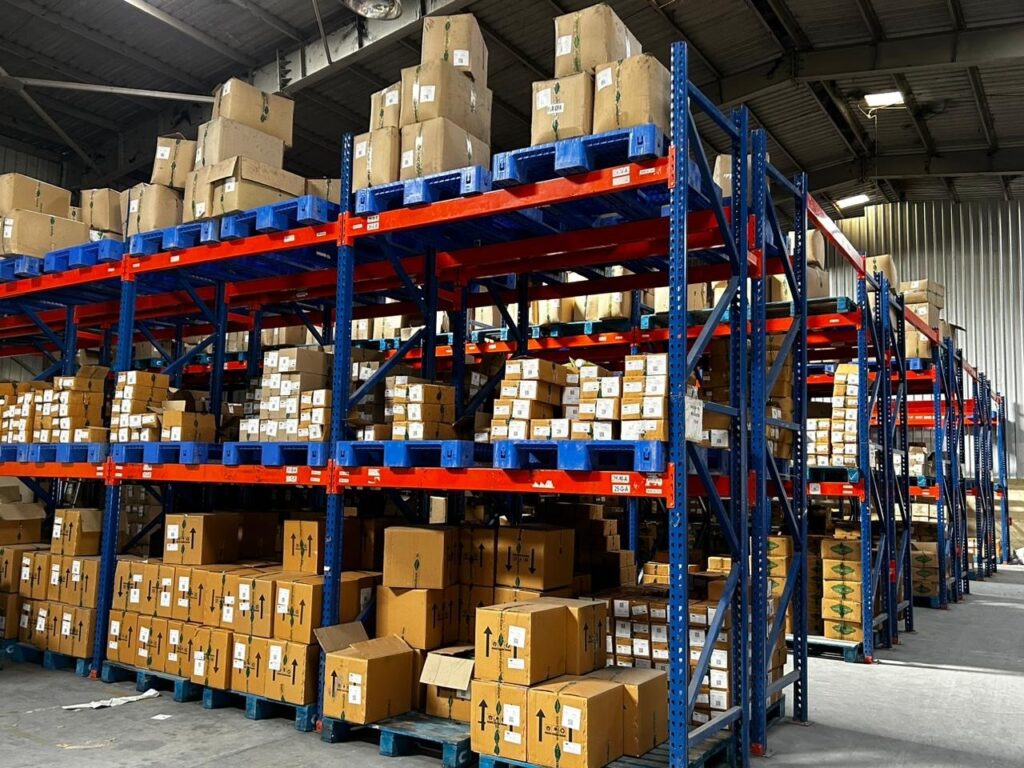Our Team
Our long history of unparalleled commitment to partnering with the most extensive carriers and our
ability to offer the most versatile services
ability to offer the most versatile services

Full Name
“Lorem ipsum dolor sit amet, consectetur adipiscing elit. Ut elit tellus, luctus nec.”

Full Name
“Lorem ipsum dolor sit amet, consectetur adipiscing elit. Ut elit tellus, luctus nec.”

Full Name
“Lorem ipsum dolor sit amet, consectetur adipiscing elit. Ut elit tellus, luctus nec.”

Full Name
“Lorem ipsum dolor sit amet, consectetur adipiscing elit. Ut elit tellus, luctus nec.”
Fulfillment Center vs Warehouse: Which is best suitable for your Business

INTRODUCTION
Selecting between a warehouse and a fulfilment centre is a strategic choice that can influence how well your supply chain functions, not just about storage. Similar to the turbocharged engines of e-commerce logistics, fulfilment canters are built for extremely quick order processing and delivery. They use cutting-edge technology to monitor inventory in real time, guaranteeing accurate and timely order fulfilment. To satisfy the high standards of today’s online customers, who want prompt deliveries and flawless service, this speed is essential.
The solid foundation of distribution and storage, however, is the warehouse. Businesses with huge inventory volumes or products that don’t require fast transportation will find them suitable as they excel in bulk storage. Long-term inventory management is another skill that warehouses are good at. This helps companies manage demand variations and optimize stock levels over time. Furthermore, these entities function as distribution center’s, combining merchandise from several suppliers and streamlining deliveries to fulfilment houses or brick-and-mortar stores.
Think about your business strategy, order fulfilment speed, inventory turnover rates, and consumer expectations when choosing between a fulfilment centre and a warehouse. For firms with lower order frequencies or less urgent delivery requirements, warehouses offer cost-effective storage solutions; fulfilment center’s, on the other hand, are best for high-volume, time-sensitive orders. You can guarantee a streamlined and efficient supply chain that satisfies your company objectives by coordinating your decision with your operational requirements and client expectations.
Warehousing Services: The Pillar of 3PL Warehousing

When it comes to storage, warehouses are the old standbys. They provide a reliable option for companies that need to store large quantities of goods for extended periods of time. The mainstay of 3PL warehousing services, they offer a reasonably priced option to companies looking to save costs without sacrificing storage capacity. Warehouses are now essential to the operation of major distribution hubs that support the flow of commodities throughout the vast Indian market in urban areas such as Gurgaon, Mumbai, and Delhi.
Advantages of Warehousing
Cost-Effectiveness: Opting for a warehouse in India, particularly in thriving commercial hubs such as Gurgaon or Mumbai, can be a financially prudent choice over property ownership.
Bulk Storage: Tailored for enterprises with substantial, sporadic shipments, warehouses offer expansive spaces and are a principal service of 3PL companies in Gurgaon and Mumbai.
Flexibility: Warehouses are versatile in accommodating various storage requirements, including specialized services like refrigerated truck services and asset pooling services.
Fulfilment Centres: The Vanguard of E-Commerce Logistics

On the other hand, fulfillment centers are dynamic organizations that fall under the 3PL services spectrum; they are primarily concerned with expediting the transportation of goods from the seller to the customer. They are essential to retail and e-commerce companies who need to fulfill orders quickly. Leading Indian service providers supply state-of-the-art WMS software to fulfillment centers located in Gurgaon and Mumbai, guaranteeing effective inventory management and real-time order processing.
Advantages of Fulfillment Centers
Speed: Architectures for rapid order processing, they are essential for businesses that require logistics solutions that guarantee expedited delivery.
Technology: Boasting state-of-the-art TMS software, fulfillment centers offer a seamless fusion with e-commerce platforms, bolstering the end-to-end supply chain.
Integration: The hallmark of 3PL services in India, especially in tech-forward cities like Gurgaon and Mumbai, is the real-time tracking and customer service capabilities.
Making the Right Choice for Your Business

The selection between a fulfillment center and a warehouse is contingent upon several critical factors:
Business Model: For e-commerce ventures that thrive on customer satisfaction through prompt delivery, fulfillment centers, especially those offering 3PL services in Gurgaon or Mumbai, are the go-to choose.
Order Volume and Frequency: A high volume of orders necessitating quick fulfillment is best served by fulfillment centers, whereas lower volumes with less frequent dispatches are more aptly suited to warehouse storage.
Cost Considerations: It is imperative to analyse the financial implications of both options. While fulfillment centers may proffer additional services, they might also incur higher costs in comparison to traditional warehouse storage.
Conclusion
In essence, warehouses are the best option for companies who need to store a lot of inventory for extended periods of time but don’t immediately need to process orders quickly. In contrast, fulfilment centres are designed for companies that need effective, cutting-edge technical solutions to fulfil the rapid needs of direct-to-consumer delivery and e-commerce. You can choose the facility that most closely matches your operational goals and guarantees a smooth end-to-end supply chain by carefully assessing your company’s unique requirements, order trends, and financial concerns.
FAQ
1. What is the main difference between a fulfillment center and a warehouse?
A fulfilment centre is the best option for e-commerce companies that need to ship their products to clients rapidly because it is built for swift order processing and shipping. On the other hand, businesses with less regular shipping needs usually use warehouses, which are better suited for the long-term storage of items in bulk.
2. Can a fulfillment center handle technology-driven logistics solutions?
Yes, fulfillment centres are a vital part of a tech-driven end-to-end supply chain since they frequently have sophisticated Warehouse Management Systems (WMS) and Transportation Management Systems (TMS) software installed. These systems simplify inventory management and order processing.
3. Are there any cost advantages to using a warehouse over a fulfillment center?
For companies that don’t need to fulfill orders right once, warehouses may be more affordable for bulk storage needs. For small and mid-sized firms that handle big, irregular shipments, they provide a more affordable option.
4. How do 3PL services enhance the efficiency of fulfillment centers and warehouses?
Third-party logistics (3PL) providers offer services including order fulfillment, shipping, and inventory storage, together with their expertise in logistics management. Businesses can optimize their supply chain by outsourcing these services to a 3PL provider and making use of their vast networks, advanced technology, and wealth of experience.
5. What should a business consider when choosing between a fulfillment center and a warehouse in India?
Businesses should think about their cost implications, order volume and frequency, and business model. For example, a fulfilment center, especially in logistical centers like Gurgaon or Mumbai, might be more appropriate if a business is focused on e-commerce and needs quick shipping directly to customers. A warehouse might be a preferable choice for companies that conduct business with other companies and require long-term storage for big volumes of items.
Interested in working with Lean SCS?
We are not only 3PL company we provide end to end supply chain solutions.
North Office
- 630, JMD Megapolis, Sector 48, sohna Road, Gurugram, Haryana 122018
- 8800906084
- info@leanscs.in
West Office
- Arcadia Building NCPA Marg, Nariman Point, Mumbai, Maharashtra 400021
- 9717234777
- info@leanscs.in
OUR Services
Menu








